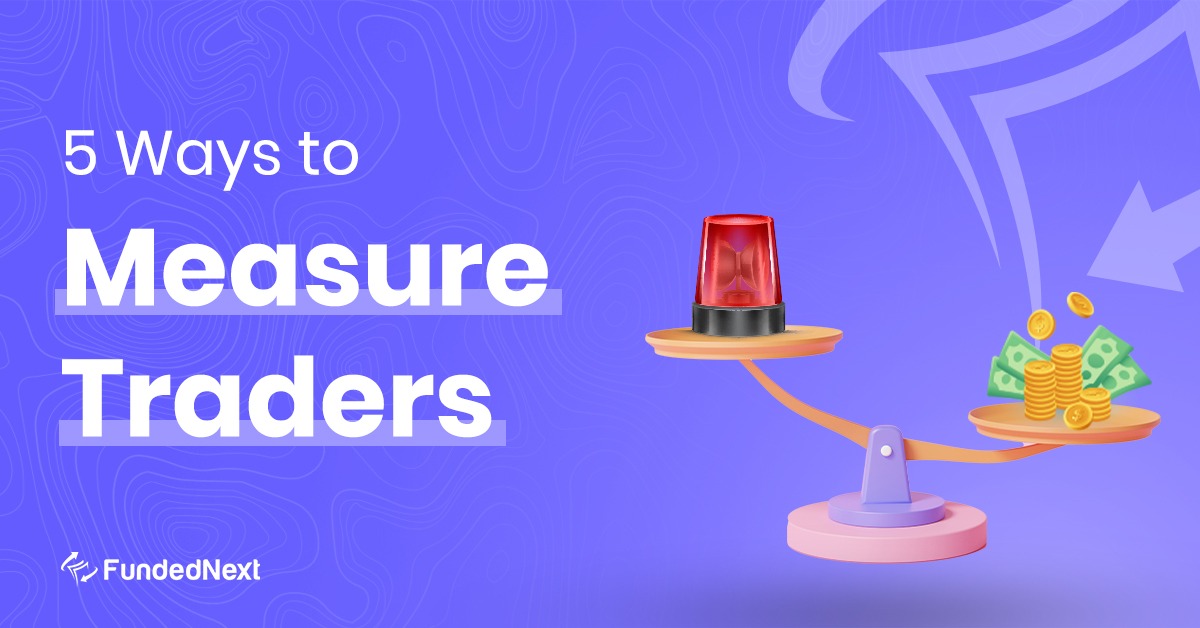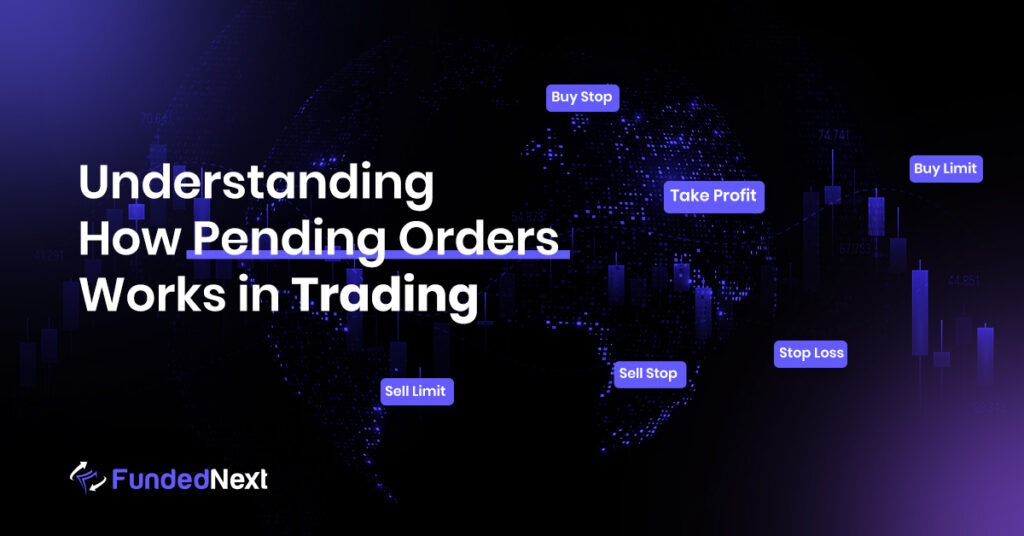Risk management is an important part of a successful trading journey. The method is to determine and assess the level of risk related to the market movement, then accept or minimize that risk. Profit Factor, Drawdown, Risk of Ruin, Standard Deviation, and Sharpe Ratio are some of the most popular methods to measure a trader’s trading risks.
………………………
1. Profit Factor
It is the ratio of the profit amount compared to the loss amount. For example, on your last 10 trades, suppose you have profited $2000 from your 7 trades and lost $700 on your 3 other trades. Then the average ratio is 2.86.
The bigger this ratio number is, the better.
………………………
2. Win Percentage
As the title says, among the 10 trades, the winning trades are the ones that will be counted. So if you win 7 trades out of 10, your average win percentage will be 70%. The greater the number, the better.
Drawdown
Maximum Drawdown-Loss per trade = (After one losing trade equity-initial balance)
You must go through last month’s trading journal and find the worst trade where you lost an enormous amount of money and went far below your initial account balance. Deduct the equity for the initial balance of that trade. You will get the Maximum Drawdown.
Relative drawdown-Loos Average Trade = (Lowest equity-initial balance)
You must take last month’s trading journal and find all the losing trades that led you to go far below your initial account balance. Calculate each losing trade individually by deducting equity from the balance and making an average of the whole numbers. You will get the Relative Drawdown.
This measures how much of a loss a trader makes on an overall trade and on one particular trade.
………………………
3. Risk of Ruin (ROR)-
The Less Is Better
This measures the probability of the losing chances of a trader. Simply put, it indicates at what point of loss a trader is going to stop trading. This is also known as the “traders’ ruin point“.
This is a very important measurement for proprietary trading firms because they invest real money in the traders to trade. And they cannot allow a trader, come in and take $100,000 and lose $30,000 within the blink of an eye. That is why proprietary trading firms set a daily drawdown and a maximum drawdown limit to restrict traders from losing large amounts.
So a trader must measure the risk of ruin, regardless of whether they are a prop trader or a retail independent trader.
To measure the risk of ruin simply, is by
Risk of ruin = (1 – (B – P)) / (1 + (B – P)) ^ U
B= Winning chances (%)
P= Losing chances (%)
U= Maximum trades to hit the maximum drawdown
Let’s set two scenarios,
Scene 1: Mr. X is a trader with a $100,000 trading balance. He has set the maximum drawdown at 20%. Which means, the threshold for his loss is at-$20,000. From last month’s trading journal, X’s win percentage is 70% and his loss percentage is 30%. He has been taking 1% risk ($1,000) on average in that month. So, to reach his maximum drawdown, Mr. X has to execute 20 consecutive losing trades.
Risk of ruin = (1 – (B – P)) / (1 + (B – P)) ^ U
In the case of Mr. X,
B = 70% = 0.70
P = 30% = 0.30
U = 20 trades
Risk of ruin = (1 – (0.7 – 0.3)) / (1 + (0.7 – 0.3)) ^ 20
= (1- 0.4) / (1+ 0.4) ^ 20
= 0.0007171
= 0.07171%
which is rounded up to 0%.
Scene 2: Mr. Z is a trader with a $100,000 trading balance. He has set the maximum drawdown at 20%. Which means, the threshold for his loss is at-$20,000. From last month’s trading journal, X’s win percentage is 70% and his loss percentage is 30%. He has been taking a 10% risk ($10,000) on average in that month. So, to reach his maximum drawdown, Mr. X has to execute 2 consecutive losing trades.
Risk of ruin = (1 – (B – P)) / (1 + (B – P)) ^ U
In the case of Mr. X,
B = 70% = 0.70
P = 30% = 0.30
U = 2 trades
Risk of ruin = (1 – (0.7 – 0.3)) / (1 + (0.7 – 0.3)) ^ 2
= (1- 0.4) / (1+ 0.4) ^ 2
= 0.18367346938
= 18. 367%
There is a huge difference between the numbers of RORs. Mr. X’s ROR is 0.07171% and Mr. Z’s is 18.367%.
Although they have the same account size, their possibilities of profiting and losing trades are equal, but…
Mr. Z is taking a huge amount of risk, which is 10% ($10,000) in comparison to his balance ($100,000). Whereas Mr. X is taking no more than 1%, which is just a dollar out of $100,000.
This explains that Mr. Z is not a good trader as there will always be the possibility of blowing up his account within the blink of an eye. But, for Mr. X, it will take a long time to blow and, as his possibilities to profit are pretty good, it justifies that he is a good trader.
………………………
4. Standard Deviation
This is the statistical measurement of the average market volatility. The Standard Deviation indicates how far the present return differs from the predicted historical average returns. When making a decision for an investment, the standard deviation is used to figure out how volatile an investment has been in the past based on its annual rate of return. It is a terminology used for prediction for financial purposes. It is a way to measure how far from the expected value the data is. For example, a trader with a high standard deviation has a higher level of volatility and, as a result, a higher level of risk.
………………………
5. Sharpe Ratio
This is one of the most amazing ways to measure a trader’s risk parameters.
One way to measure a trader’s Sharpe Ratio is to look at the,
Sharpe Ratio = (Rate of return-Risk free rate)/Standard Deviance
The rate of return: the profit amount /0.100
Risk Free Rate (Safe money from R:R:R)
You have a $100,000 account and are taking 1% ($1,000). Your risk to reward ratio is 5:1 = 50 profit or 10 loss. The risk-free rate would be $90, as even if you hit the SL, you can still retrieve $90 from this trade.
Standard Deviation is the volatility and the risk associated with an investment, Standard Deviation is inversely related to the Sharpe Ratio.






35 Responses
I very pleased to find this web site on bing, just what I was looking for : D as well saved to bookmarks.
Thank you so much for your kind words.
I’ll immediately take hold of your rss as I can’t to find your e-mail subscription link or e-newsletter service. Do you’ve any? Please permit me understand in order that I may subscribe. Thanks.
I have added your email : [email protected] in our newsletters.
Hi, just required you to know I he added your site to my Google bookmarks due to your layout. But seriously, I believe your internet site has 1 in the freshest theme I??ve came across. It extremely helps make reading your blog significantly easier.
Thank you.
Great site. Lots of useful info here. I am sending it to a few friends ans also sharing in delicious. And naturally, thanks for your sweat!
We appreciate it.
Good post but I was wondering if you could write a litte more on this subject? I’d be very thankful if you could elaborate a little bit further. Many thanks!
Welcome. If you need assistance, kindly knock on our support team.
Great write-up, I am regular visitor of one?¦s site, maintain up the excellent operate, and It’s going to be a regular visitor for a long time.
Pretty! This was a really wonderful post. Thank you for your provided information.
Thanks dear.
As soon as I observed this website I went on Reddit to share some of the love with them.
Thanks for your support.
Way cool, some valid points! I appreciate you making this article available, the rest of the site is also high quality. Have a fun.
You too…!
Sweet web site, super design, very clean and apply genial.
Thanks
Hello!
Hi
This is a real informative text. thank you. I really loved how simplified your have turned your ideas.
Glad it was beneficial for you.
After reading this blog, I feel more informed about how to measure a trader’s risk parameters. The breakdown of each method is clear and concise, making it easy for me to understand and apply to my own trading journey.
Thank you for your positive feedback! We’re glad that our article was helpful to you and that you found the information presented in a clear and concise way. Don’t hesitate to let us know if you have any questions or if there are any other topics you’d like us to cover in the future.
I appreciate the emphasis on risk management as a crucial aspect of successful trading. The explanation of Risk of Ruin, in particular, is very helpful for traders like me who want to avoid blowing up their accounts.
Thank you for your positive feedback. We are glad to hear that you found the information helpful in managing your trading risks. Risk of Ruin is indeed a critical aspect of risk management, and we are happy to have provided a clear explanation of it in our blog.
The example scenarios provided for Risk of Ruin help me to see how this method can be applied in practice. Seeing the difference between Mr. X and Mr. Z’s RORs based on their risk management strategies is eye-opening.
The example scenarios provided for Risk of Ruin help me to see how this method can be applied in practice. Seeing the difference between Mr. X and Mr. Z’s RORs based on their risk management strategies is eye-opening.
Keep working ,terrific job!
Thanks
The inclusion of Sharpe Ratio as a way to measure a trader’s risk parameters is a valuable addition to the list. It shows that FundedNext is committed to providing traders with a comprehensive understanding of risk management and how to apply it to their trading strategies.
Thank you for your feedback. We’re glad to hear that you found our addition of Sharpe Ratio helpful in measuring a trader’s risk parameters. Our goal is to provide traders with a complete understanding of risk management to help them make informed decisions in their trading.
The use of math and statistics in the article may seem daunting at first, but the explanations are straightforward and easy to follow. It shows that FundedNext values transparency and accuracy in their educational materials.
Thank you for your review! We aim to make our educational materials accessible and informative for traders of all levels.